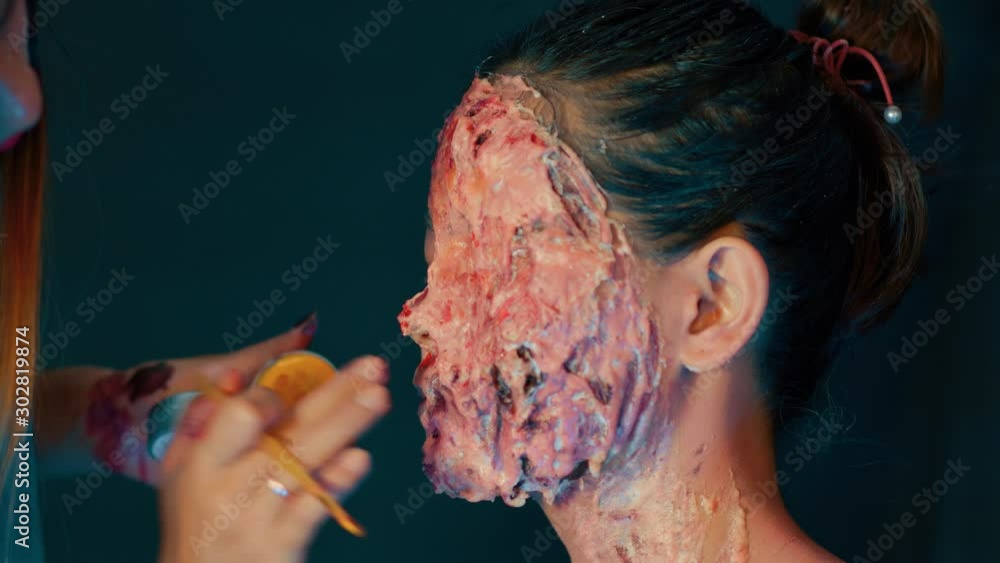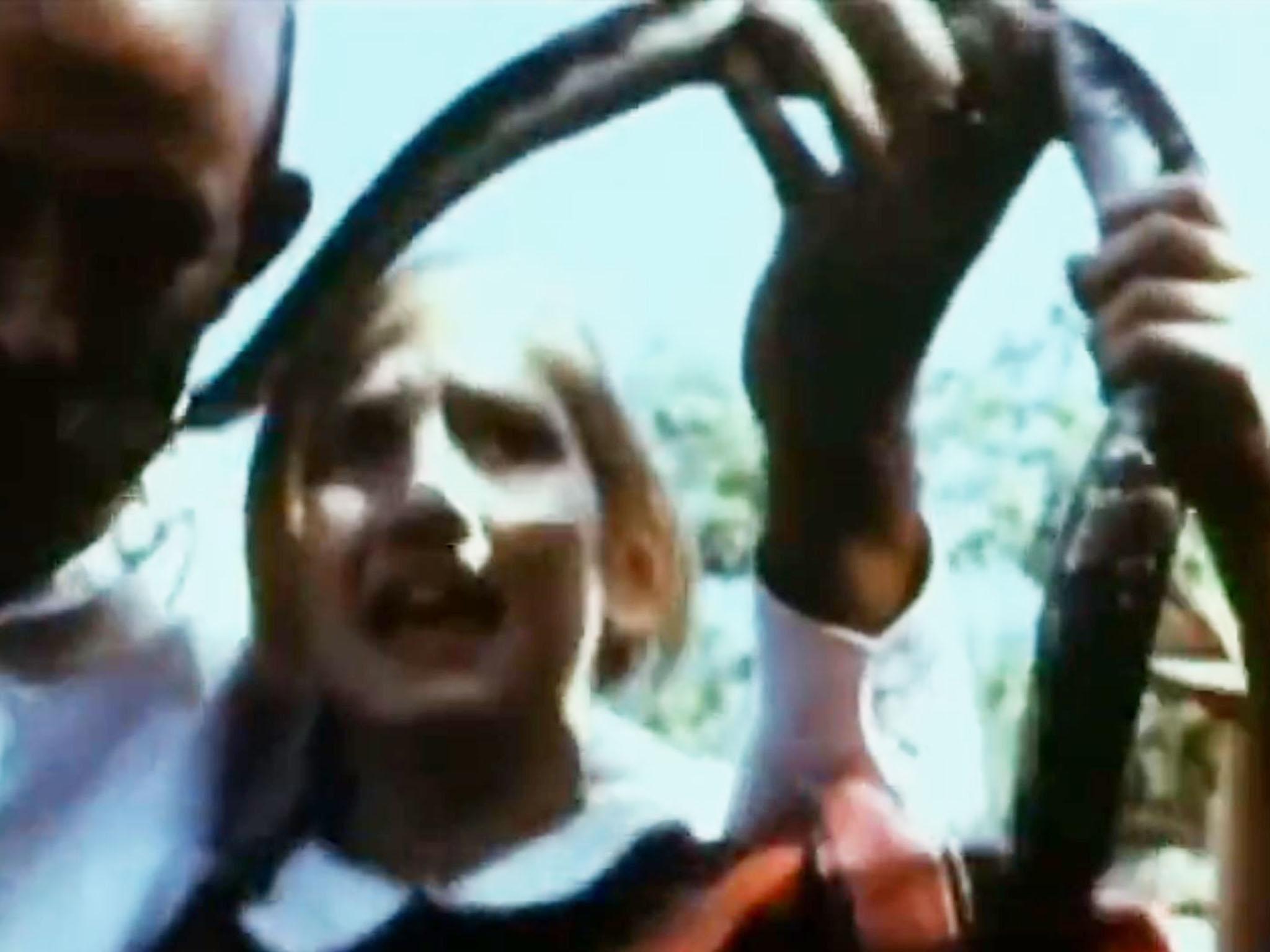Is it possible to truly understand the depths of human depravity through the lens of the macabre? The internet, once a symbol of connection and information, has become a repository for graphic violence, offering a disturbing glimpse into the darkest corners of human behavior.
The digital age has ushered in an era where the line between reality and spectacle blurs. Videos, once confined to the realms of war zones and crime scenes, now proliferate across various platforms, often without the safeguards or context necessary to protect viewers. Graphic content, including beheadings, executions, and acts of extreme torture, are readily available, challenging the very nature of what constitutes acceptable content.
One such example involves the release of a video by Islamic State militants, purportedly showing the beheading of British aid worker David Haines. This instance underscores the use of such videos as propaganda, aiming to instill fear and garner attention. The content is explicitly designed to shock and horrify, yet it also serves to perpetuate the narratives of those who create it.
The accessibility of these videos has raised serious questions about the ethics of online content and the potential impact on viewers. Websites and channels, often catering to a niche audience, specialize in "gore videos," which present real-life events involving death and violence. These platforms often carry warnings about the graphic nature of their content, advising viewer discretion or restricting access to adults only. However, the warnings are often inadequate in preventing exposure, and the content itself is often presented without sufficient context or critical analysis.
The "cat in blender video" is a chilling example of the depths to which online content can sink. This viral video, which began circulating in early May 2023, depicts the brutal killing of a cat with a blender, followed by microwaving the remains. It serves as a stark reminder of the cruelty and disregard for life that can exist online, and the rapid dissemination of such content.
Another instance of graphic content involves the brutal execution of a father and son by a drug cartel. The disturbing video shows the father being decapitated and the son being skinned alive and having his heart removed. Such acts of extreme violence are often used by cartels to terrorize rivals and the public alike, using the video as a message to spread fear and assert dominance.
In February 2017, a shocking video emerged, showing a member of the Gulf Cartel decapitating a man in Mexico. These videos, often sourced from areas with active drug cartels, offer a disturbing glimpse into the realities of violence and the lack of human life respect. These videos serve as a reminder of the brutal realities in certain regions of the world.
Websites like Livegore position themselves as purveyors of "reality news," reporting on real-life events of public interest. These platforms, despite the potential value in exposing and documenting real-world events, often prioritize the shock value of the content over balanced reporting or ethical considerations. Similarly, websites such as "Deep Gore Tube" offer a curated collection of the most brutal and extreme gore videos, often categorized for easy access and consumption.
The rise of such content also raises questions regarding the role of social media platforms in the dissemination of violent material. Videos, even those containing graphic content, can go viral very quickly, despite the best efforts of the platforms to control it. The rapid spread of such content amplifies its reach and increases its potential impact on viewers.
One particularly troubling example is the case of Justin Mohn, who is accused of killing his father, Michael Mohn, and then filming himself firing at parked cars and a building. Such incidents, often with the videos serving as a form of distorted self-expression or a means of inciting further violence. These videos, along with those created by extremists such as Brenton Tarrant, who filmed the mass shooting at a mosque in Christchurch, New Zealand, showcase the chilling reality of how violence can be recorded, shared, and then used as propaganda.
The disturbing video, posted on the official IDF channel, generated over 5.5 million views in less than 24 hours and captures horrifying scenes of violence. Similarly, the video posted to social media by Los Tlacos shows about 20 men purported to be members of La Bandera, part of the Guerreros Unidos cartel. The wide circulation of these videos raises questions on the ethical and social impact of such extreme content.
The viral video titled "Yo Quiero Agua" (I Want Water) showcases the brutal torture and execution of a man known as the Mexican Ghost Rider in Cotija, Michoacn, Mexico. The footage, allegedly created by the head of the local CJNG cartel organization, demonstrates the horrific levels of violence and depravity in some circles. These videos are more than just acts of violence, they are a form of communication, a message sent in the most brutal possible way.
These examples highlight the challenges faced in regulating online content and the potential for the internet to be used as a tool for propaganda, terror, and exploitation. As a society, it is imperative to have a greater awareness of this disturbing trend and develop strategies for combating the dissemination of such graphic content and its potential impact on vulnerable viewers.
The availability of such graphic content is a symptom of deeper problems, including the glorification of violence, the desensitization to human suffering, and the lack of critical thinking skills. The easy access and rapid proliferation of this content also demand that users take the responsibility to educate themselves on the potential impact of such content.
One way to address the issues is by fostering critical media literacy skills that enable people to differentiate between credible news sources and unreliable ones. It can help people evaluate the content they encounter online and understand the motivations behind those who create and share it. Additionally, the education can also encourage responsible online behavior and ethical content creation.
Another important approach is to hold social media platforms accountable for the content they host. While platforms face challenges in moderating user-generated content, they must invest in more robust moderation systems, including using artificial intelligence, to identify and remove violent content. They should also implement stricter policies against the promotion of violent extremism.
Additionally, legal frameworks and laws can be strengthened to address the illegal dissemination of violent content and to punish those who create or share it. The efforts need to be collaborative, involving law enforcement agencies, the tech industry, educators, and the public.
Ultimately, combating the spread of graphic violence online requires a multi-faceted approach that addresses the underlying causes of violence, promotes critical thinking, and holds those responsible accountable. It demands continuous vigilance and a commitment to ethical online practices.
The digital landscape is constantly evolving, and so must our responses. The fight against the normalization of violence online is not just a battle for digital safety; it is a struggle to protect the very values of humanity. The disturbing trend of graphically violent content will continue to present challenges, and it is only through concerted and thoughtful action that we can hope to mitigate its impact.



Detail Author:
- Name : Lorine Balistreri
- Email : bridie20@hotmail.com
- Birthdate : 2004-02-17
- Address : 1263 Schimmel Expressway Verdamouth, OR 28424-7960
- Phone : +1-310-376-6133
- Company : Bashirian, Miller and Sawayn
- Job : Tractor Operator
- Bio : Sapiente maxime quod qui. Rem quia repudiandae nisi velit necessitatibus. Rerum accusamus laborum in sint facere ea et ipsum.